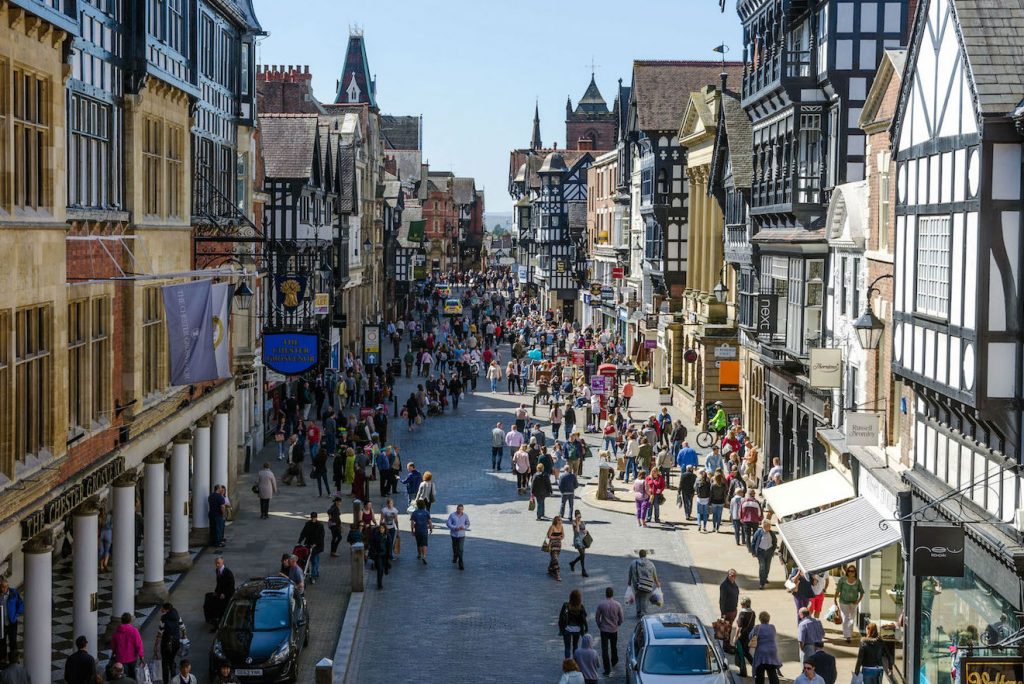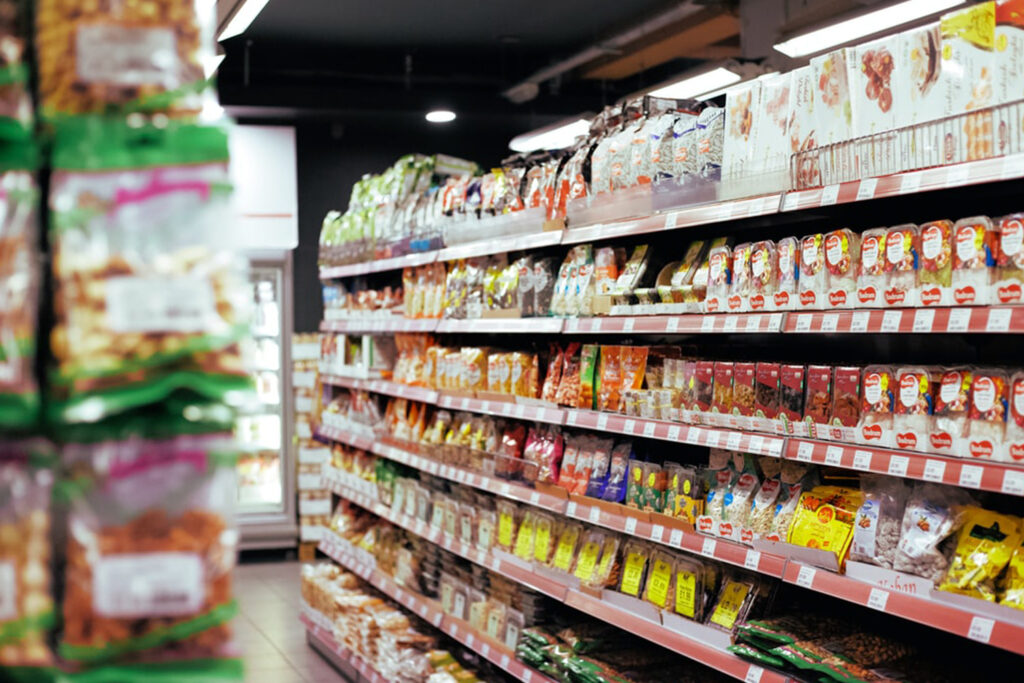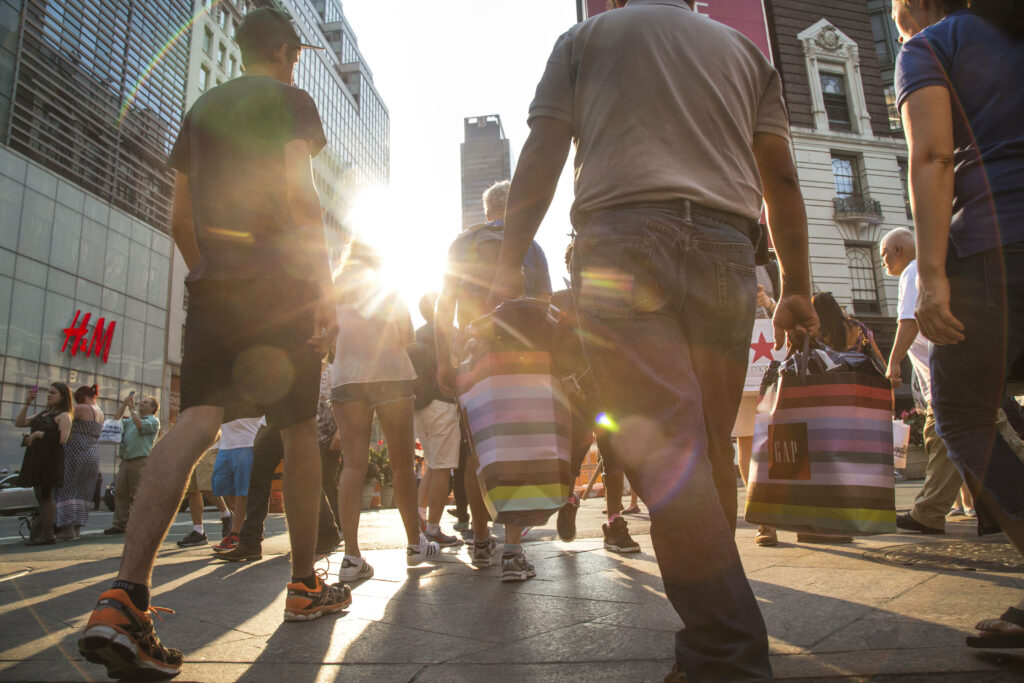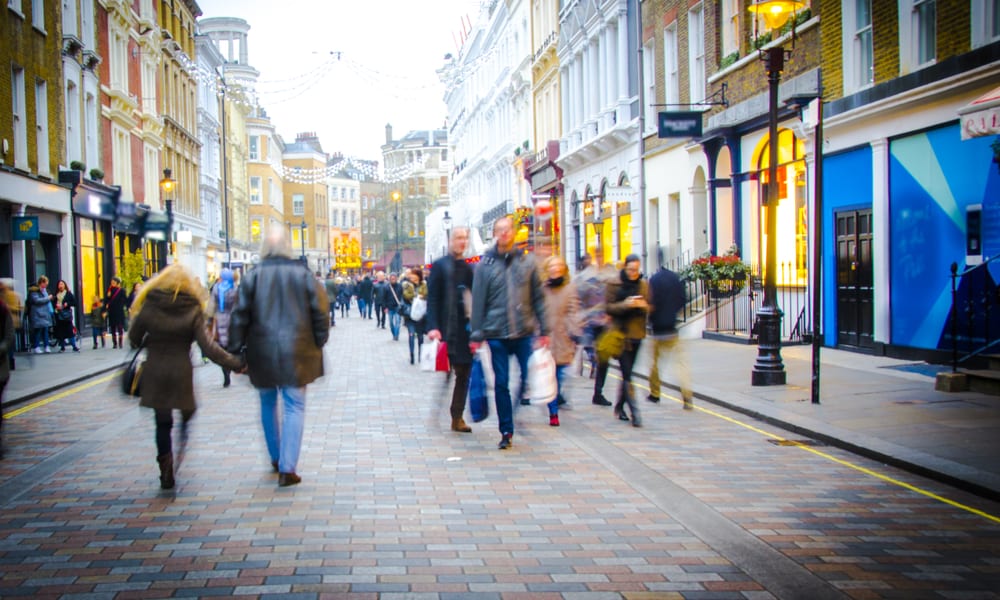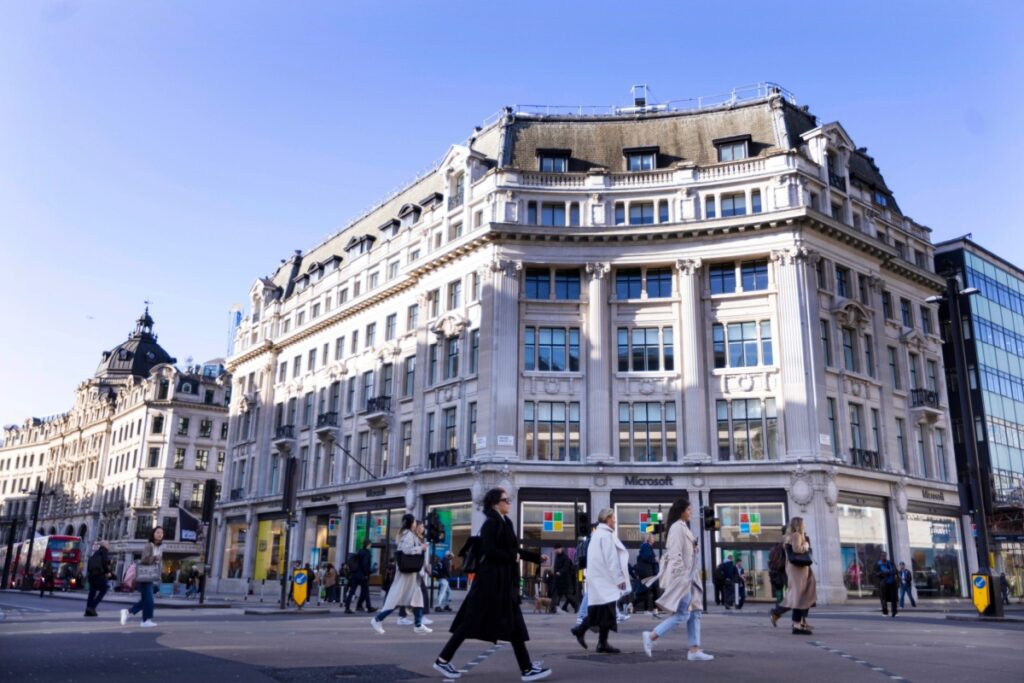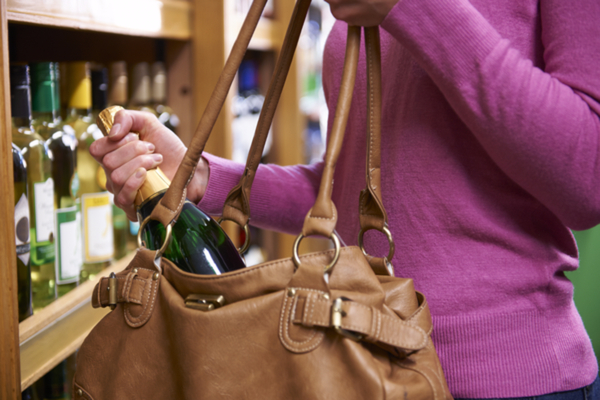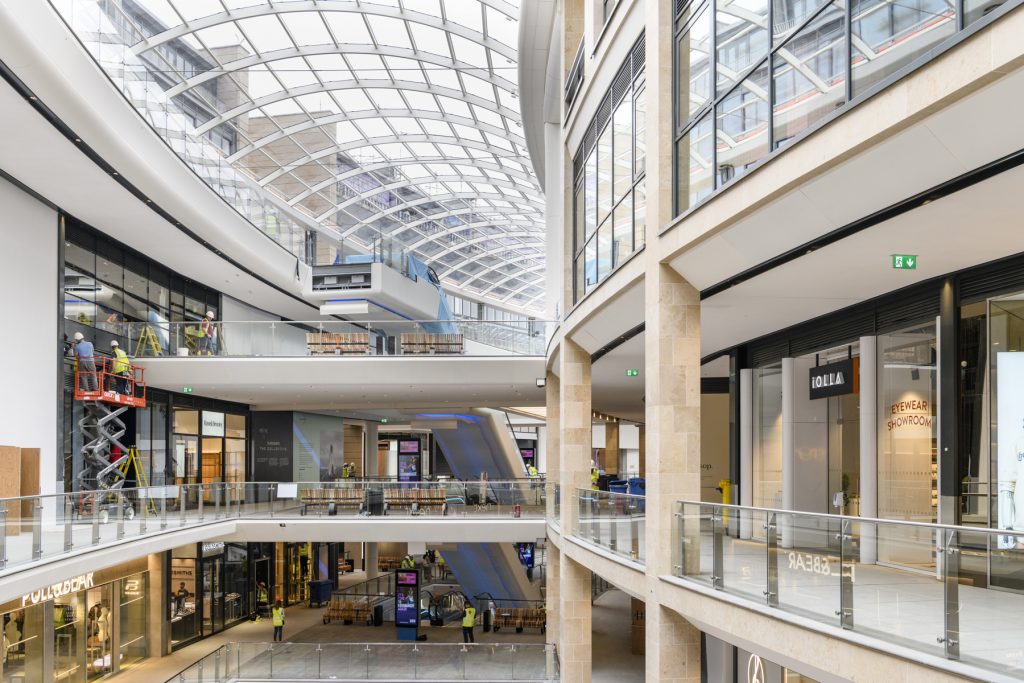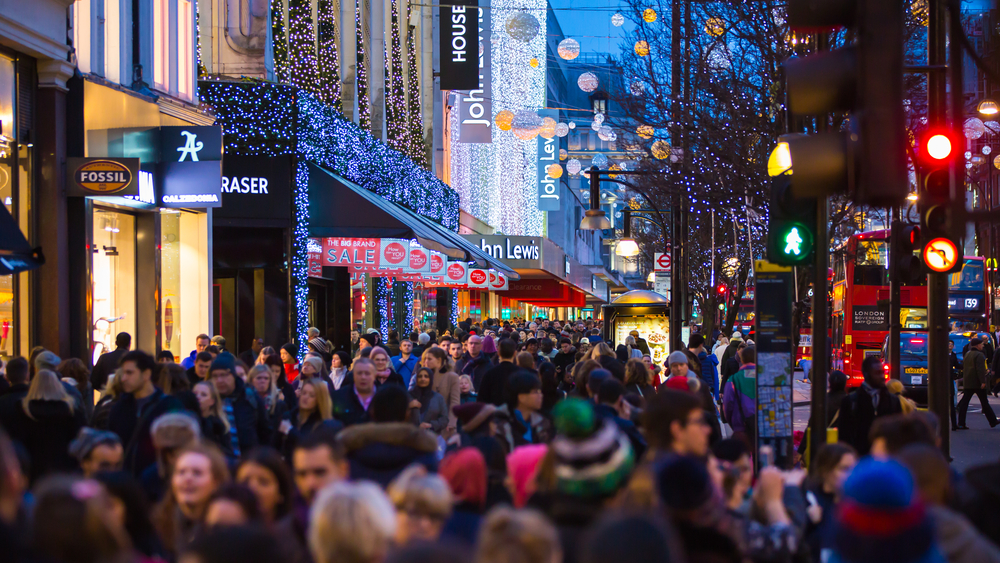// Retail experts say shopping habits have “changed dramatically”
// BRC upbeat about demand from shoppers and believes “many but not all” lockdown shopping habits will stick
// BDO says high street has a “strong future” but will look different amid a shift in customer experience expectations
Shopping habits have “changed dramatically” a year on from the first empty shelves and shuttered high street stores, according to retail experts.
Speaking to the PA news agency, BRC chief executive Helen Dickinson said the current retail environment was “a world apart” from a year ago despite the continued impact of the Covid-19 pandemic on the UK.
In March 2020, frantic shoppers left supermarket shelves empty of essential items such toilet paper and flour amid rising numbers of coronavirus deaths.
READ MORE:
- Will consumers ditch online shopping once lockdown ends?
- Footfall rises for the 7th straight week as lockdown anniversary nears
“It all feels quite surreal now but on March 21 I was speaking as part one of the coronavirus briefing with George Eustice (the environment secretary) to make it clear we had enough food,” she told PA.
“It’s easy to forget the degree of uncertainty. A lot of retailers were closing before it was restricted and face masks weren’t even really a thing.
“Everything has changed dramatically.”
Non-essential stores around the UK remain shut due to current lockdown measures, with Prime Minister Boris Johnson confirming last month that they would reopen on April 12 at the earliest – at least in England.
In Wales, non-essential retail can gradually reopen from March 22, although most will remain shut and will reopen on April 12 – the same as England.
Meanwhile in Scotland, some additional non-essential shops such as garden centres and homeware stores, plus non-essential click-and-collect services, can start to reopen open from April 5. But most non-essential retailers will remain closed until April 26.
As for Northern Ireland, from April 1 click-and-collect purchases will be allowed from garden centres and plant nurseries before being extended to all non-essential click-and-collect from April 12.
Unlike the other UK nations though, Northern Ireland said its lockdown exit would be driven by data, and as a result has not yet provided indicative dates of when non-essential shops can reopen.
The first UK-wide lockdown was implemented on March 23 last year and lasted about three months.
In response to the second wave of the pandemic, second lockdowns were implemented at differing times across England, Wales, Northern Ireland and parts of Scotland during autumn before the current restrictions came in place after Christmas.
Dickinson said she was upbeat about demand from shoppers and believes “many but not all” lockdown shopping habits will stick.
“I think a lot of people’s new habits will stick because plenty of shoppers will have done things in a new way and been pleased,” she said.
“But, in the short term at least, there will be really good demand to get out and go to shops because people have missed that connectivity, that first-hand experience.”
Retail analyst Richard Hyman highlighted that the outlook continued to be uncertain.
“No one really knows what will happen this year, just as no-one could predict that it will turn out like this,” he told PA.
“The economic support over the past year has made a huge impact on the position we are in – there are certainly fewer vacant shops than there might have been.
“I still think there are zombie businesses around and when support fades you will see even more changes to the high street.”
The lockdown has also seen increased demand for online retailers with many bricks-and-mortar competitors heavily impacted by enforced closures or lower footfall.
BDO head of retail Sophie Michael told PA that online has seen “five years’ growth in one” but has not offset lost store sales.
“This trend, towards more people shopping online, was already happening but it has accelerated it dramatically,” she said.
“There are plenty of people, particularly older people, who would not have shopped online without the pandemic and are likely to stick with it, at least to some extent.
“But each time we saw restrictions lift, there was real pent-up demand to go back to stores and there was a slowdown in online growth so you have to expect that again as things normalise.”
Michael stressed that the high street had a “strong future” but would look different amid a shift in what customers look for from the shopping experience.
“Companies like Next have remained strong and invested in stores because they’ve had online channels to back them up,” she said.
“Those who’ve found it hardest have tended to be ones who haven’t made the right investments in either online or stores.
“Also, retailers and landlords are looking at sites differently. A retailer won’t take a department store like they used to, but sites with a mix of leisure, bars and stores will work, food halls as well. These are things that will continue to attract people to city centres and high streets.”
Hyman said there would be “no quick fix” for some sectors within retail, such as department stores, which have seen their decline accelerated by the pandemic.
Debenhams is set to leave the high street for good after tumbling into liquidation in December, while John Lewis has confirmed plans to axe more stores and downsize some of its existing ones.
“There needs to be real imagination to reinvigorate some of these retail spaces and formats and that doesn’t happen overnight,” he said.
“There is only so much demand for office space and food courts so it’s inevitable we are going to see these areas continue to change and develop in many years to come.”
with PA Wires
Click here to sign up to Retail Gazette’s free daily email newsletter

